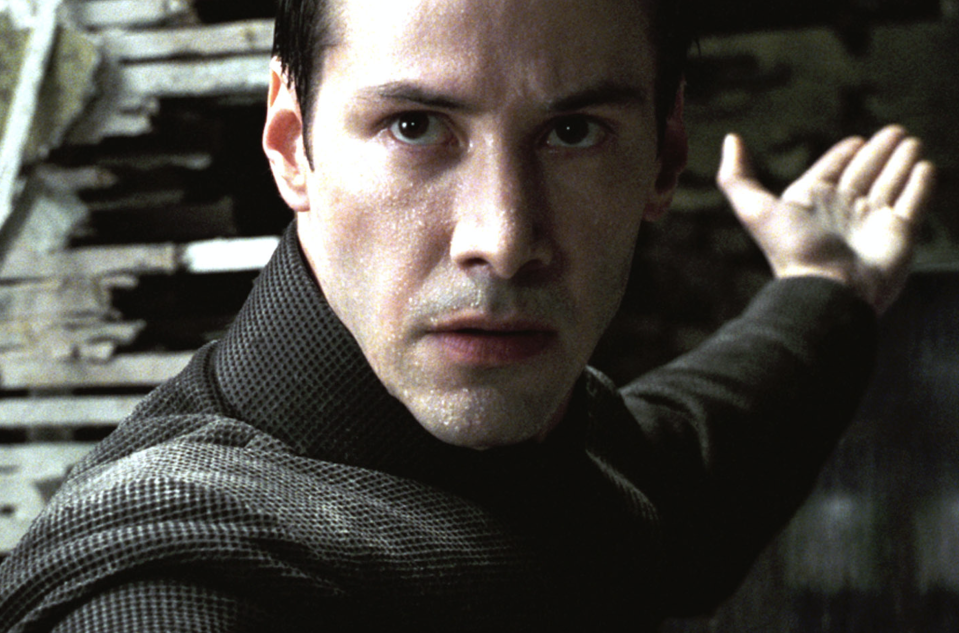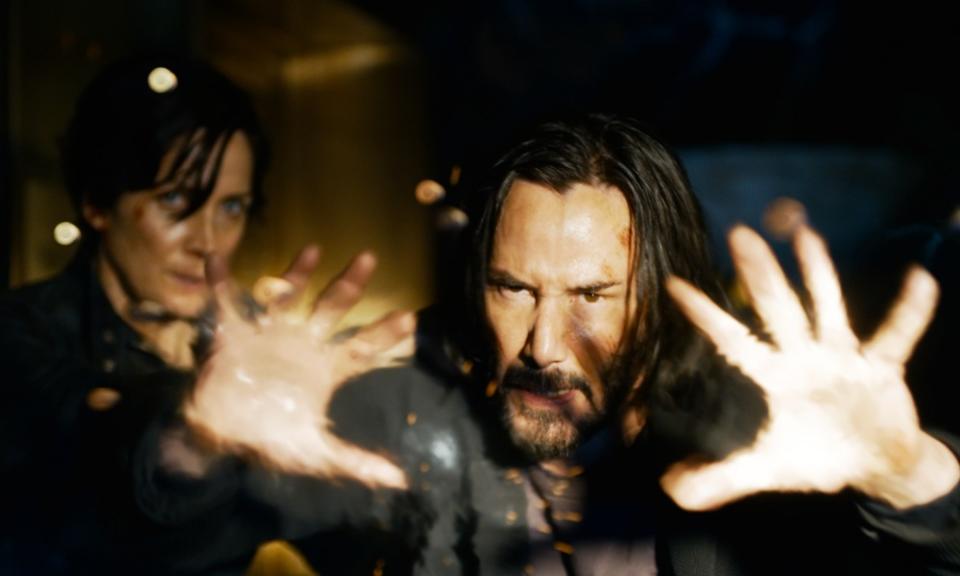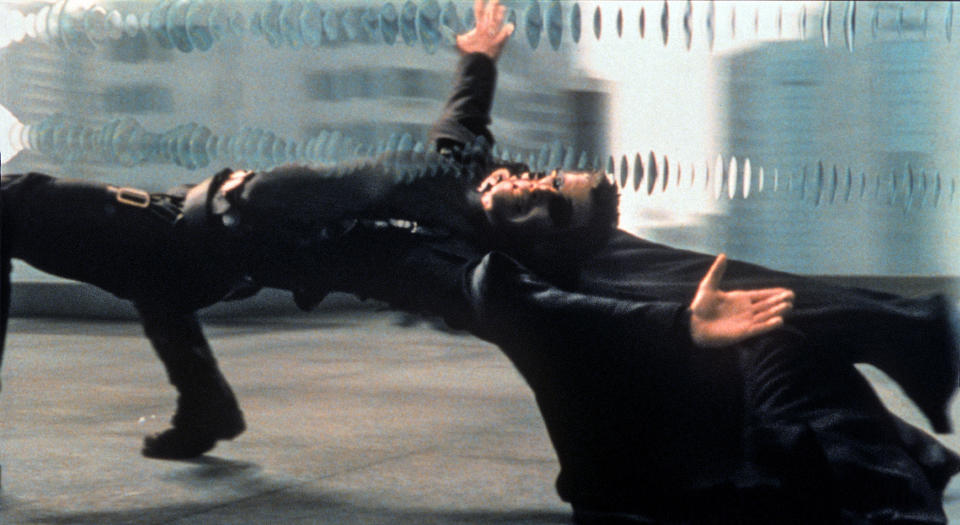3 Ways The Matrix Changed the Craft of Hollywood Filmmaking Forever

No one, including Warner Bros., was prepared for how successful The Matrix would be when it hit theaters on March 31, 1999. Only the second film by the Wachowski brothers (the first being the low-budget independent film “Bound”), the film would become the fourth highest-grossing film in the world. The most profitable films of the year, and a cultural phenomenon that has become part of our vocabulary (“Take the Red Pill,” “Connecting the Matrix”).
The film’s success will also shape a number of shifts that occur in the industry. The diverse approach to casting by the Wachowski family, and casting directors Mali Finn and Shauna Wolifson, helped build their ensemble to redefine who could be an American action star, as Hollywood was desperate to move away from its already meaningless reliance on strong white males. , whose bulging muscles justify their physical prowess. The script, inspired by the Wachowskis’ philosophy, helped usher in an era of narrative gravity and complexity in how studios approached global storytelling for studio IP. Twenty years after its release, fashion designer Kim Barrett’s vision of what people would wear in the year 2199 has proven to have a lasting influence on 2019 fashion.
More from IndieWire
The success of something different, in the face of the increasingly deteriorating performance of repetitive formulas, will always be a sign of inevitable change in Hollywood. In this way, “The Matrix” is not unlike how people will write about the success of “Barbie” and the decline of the MCU in 2023. But “The Matrix” also represents a big, exciting change in how movies are made in Hollywood, where the craft of choreography will be changed. And post-production sound design and visual effects forever.
“I will learn jiu-jitsu”

In the late 1990s, the Wachowskis were not alone in their admiration for Hong Kong martial arts films. From the “wire fu” work of modern Wuxia films, to John Woo’s “gun fu”, to the amazing practical work of Jackie Chan (who is indebted to the American musical and physical choreography in which the silent clown character developed), to the dramatic editing, And the rhythm, and camera work of a masterpiece like “Beijing Opera Blues”, the popular Asian cinema of the 80s and 90s where it was for cinephiles. Wanting to incorporate many of these techniques and fight choreography into their action film, the Wachowskis inserted into their script a perfect narrative device: the Matrix itself. Neo (Keanu Reeves) can be plugged into the Matrix, have a training simulation program downloaded into his brain, and he knows jiu-jitsu.
The lasting impact on The Matrix is not that the Wachowskis found a narrative justification for sneaking martial arts choreography into their film, but that they executed it well. Students of the art form, they brought in top collaborators, among them Yuen Woo-ping, the master martial arts choreographer and film director whose collaborations with Chan, Jet Li, and director Tsui Hark, among others, were fundamental to the film industry. An art form. Together they incorporate wire-work techniques rooted in Asian cinema into their distinct world, putting their own stamp on must-see action scenes.
“We talk about it all the time,” “John Wick” director Chad Stahelski, who played Reeves’ stunt double in the first Matrix film, told IndieWire. “The Matrix was our film school. We all studied at the feet of the Wachowskis.” And Stahelski rose. He rose through the ranks until he reached the top stunt coordinator, then director, while starting the influential stunt design shop 87Eleven, which continues to carry on the tradition, training and discipleship that originated from “The Matrix.” What’s amazing about the work of Stahelski, his former partner David Leitch (“Atomic Blonde,” “The Fall Guy”), and so many others in Hollywood who have broken through the door opened by the Wachowski, is how they continue to blend martial arts styles, mixing and matching different schools of training. combat in their American films, but without the narrative justification of the matrix. In a sense, The Matrix changed audiences and opened up the palette for fight choreography — in a cinematic world of action movies, where humans do the physically impossible, Hollywood stopped worrying about incorporating a freak show about why characters know jiu-jitsu. In a sense, we were like Neo, still connected to the matrix every time we entered the theater.
digital matrix

When sound designer Dane Davis first stepped into “The Matrix” in the late 1990s, he decided to do something radical: It would be the first Hollywood production to operate in a purely digital post-production environment. 25 years later, there isn’t a sound department in Hollywood that doesn’t work the way Davis did on the first film. But unlike today, what was so bold was that Davis didn’t have the hardware, software, and computing power that makes digital audio post-production work everywhere.
“For me, the challenge was to find software that could produce aesthetically pleasing texture and feel,” Davis said. “It still suggests that the quantum numerical universe was the reality as seen by humans that evolved and arose in an analog universe.”
Just as the incorporation of Hong Kong work was justified by the concept of the matrix itself, so too was the justification for her pioneering vocal work. Neo and his crew were literally entering a digital world of ones and zeros, and the digitally produced soundscape made sense, and was justified in relying on the natural artificiality inherited by early digital audio production.
As with many of The Matrix films, Davis’ innovations in creating the film’s reality-bending soundscape quickly became standard practice in Hollywood. But that hasn’t stopped the Wachowskis and their longtime collaborators from constantly evolving and pushing the world of sequel filmmaking, as Davis and fellow supervising sound editor Stephanie Flack discussed on IndieWire’s Filmmaker Toolkit podcast.
CGI Landmark and Bullet Time

Computer-generated visual effects were already on the rise and had improved dramatically before “The Matrix,” and the Wachowski’s amazing collaboration with visual effects supervisor John Gaeta, and the innovative ways they incorporated CGI into action and world-building sequences gave CGI a huge boost just by showing What is possible.
The actual innovations were both small and large. The work ESC did in creating virtual human characters, the agents, was groundbreaking at the time, particularly the face swap and costume design for Smith and his fellow agents. But it was the special camera rig created that really made the biggest impact.
Once again, and narratively justified through the Matrix itself, Bullet Time creates a sense of space travel with time stopped, depicting the first-person perspective of how Neo, “the One,” manages to dodge bullets and do the previously impossible: standing up to the machines. And live to tell about it. From film schools to Hollywood blockbusters, The Time of Bullets has become so easily copied as a parody. Watch below to see how the game-changing effect was implemented for the first time.
The best of IndieWire
Sign up for Indiewire’s newsletter. For the latest news, follow us on Facebook, Twitter, and Instagram.



